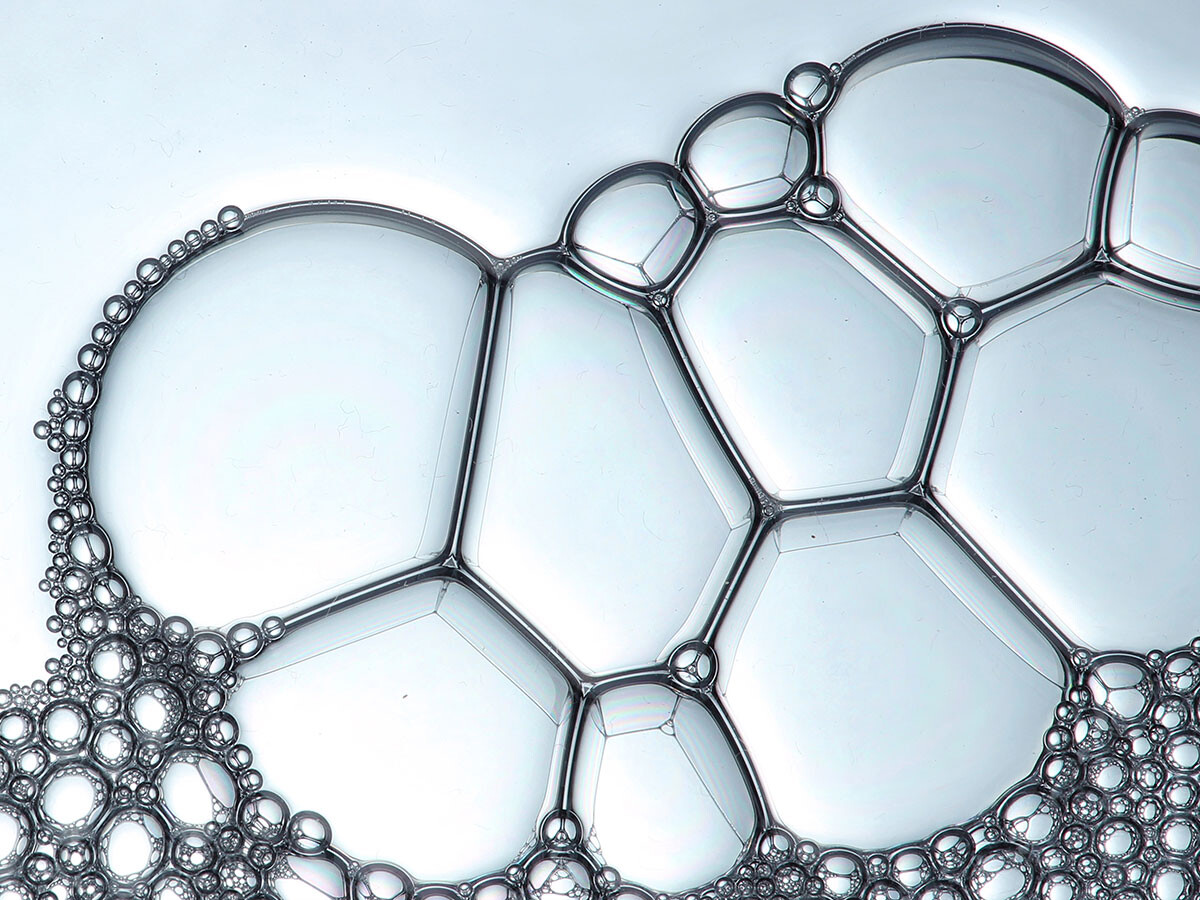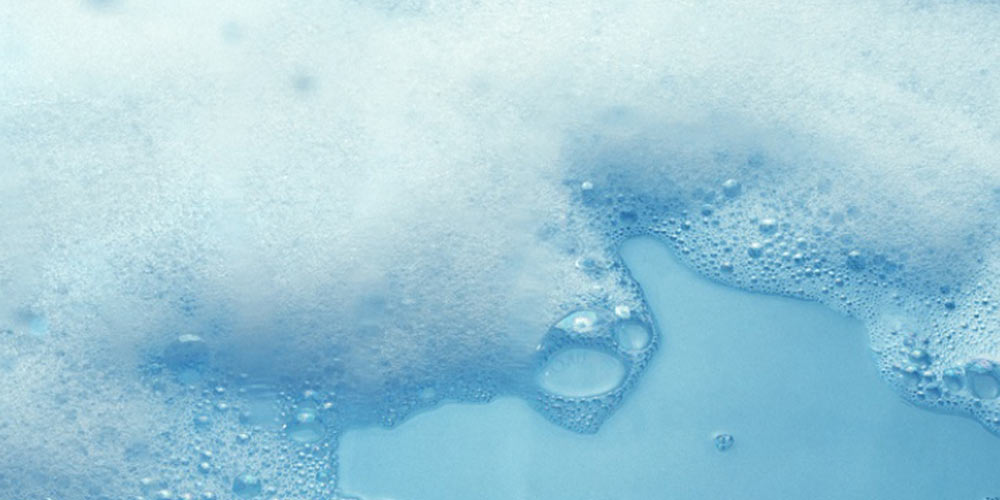How Defoamers Improve Product Quality and Reduce Waste in Production
How Defoamers Improve Product Quality and Reduce Waste in Production
Blog Article
Selecting the Right Defoamer for Your Specific Application Requirements
Choosing the suitable defoamer for specific application demands is a nuanced process that requires careful factor to consider of several elements, such as the foam operating, tool, and kind conditions. Understanding the nuances of defoamer efficiency-- consisting of rate and determination-- while also accounting for governing and environmental variables is crucial.
Understanding Foam Development
Foam formation takes place when gas is entraped within a liquid, producing a stable framework of bubbles. This phenomenon can significantly affect various commercial procedures, particularly in industries such as food production, pharmaceuticals, and wastewater therapy. The presence of foam can impede mixing, minimize product quality, and also cause operational ineffectiveness.
Foam generally develops due to a mix of factors, including surface-active representatives, frustration, and the qualities of the liquid phase. Surfactants reduced the surface stress of the fluid, assisting in the development of bubbles that can stabilize and integrate. Frustration, whether from mechanical mixing or gas introduction, improves bubble formation, leading to increased foam volume.
Comprehending the technicians of foam formation is crucial for industries aiming to enhance their processes. By identifying the specific problems that advertise foam generation, companies can carry out strategies to reduce its results. This understanding prepares for picking ideal defoaming agents that efficiently target the special obstacles postured by foam in different applications. A comprehensive understanding of foam formation is important for improving efficiency and keeping item honesty across numerous sectors.
Types of Defoamers Available
Numerous types of defoamers are offered to address the challenges postured by foam in commercial applications. defoamers. Generally identified, defoamers come under 3 categories: silicone-based, non-silicone-based, and natural defoamers
Silicone-based defoamers are renowned for their effectiveness and security throughout a large range of temperatures and pH levels. They are generally used in applications where strong foam reductions is needed, such as in coatings, paints, and adhesives. Their low surface area tension allows for fast foam collapse.
Non-silicone-based defoamers, commonly made from organic compounds, offer an alternative for applications delicate to silicone residues. These defoamers can be further split right into polyether and ester kinds, each tailored to fulfill details formulation demands. Non-silicone defoamers are regularly utilized in food processing and individual care items as a result of their compatibility with various formulations.
Natural defoamers, stemmed from plant or pet resources, are obtaining traction due to their environmentally friendly profile. These items are especially appealing in applications where regulative compliance and sustainability are vital, such as in agrochemicals and biotechnology.
Choosing the ideal sort of defoamer is crucial for enhancing performance and making sure compatibility with certain applications.
Trick Application Factors To Consider
When selecting a defoamer, it is crucial to consider the details application requirements to make certain ideal efficiency. defoamers. Various industries have distinctive needs, such as food processing, pharmaceuticals, or wastewater therapy, and each application may call for special defoaming properties
Trick variables to review include the tool in which the defoamer will certainly be made use of, whether it is water-based, oil-based, or a combination thereof. The temperature and pH degrees of the application can also considerably affect the efficiency of a defoamer. In addition, compatibility with other chemicals existing in the system is essential to avoid adverse responses that could compromise performance.
Another vital consideration is the lathering habits of the details system. Recognizing whether the foam develops quickly or gradually can guide the choice of a defoamer that targets the source efficiently. Moreover, the wanted speed of defoaming can affect the choice, as some applications need fast action while others may endure slower defoaming procedures.
Last but not least, environmental and governing factors to consider must not be overlooked, particularly in markets with rigorous compliance requirements. Picking a defoamer that lines up with these variables makes sure both performance and security in the application.

Performance Testing Techniques
Reviewing the efficiency of a defoamer calls for a methodical technique to screening that precisely determines its effectiveness in certain applications. Various performance testing methods can be employed to ascertain the optimum defoamer for a given formulation.
One common approach is the bubble examination, which evaluates the defoamer's ability to reduce foam quantity gradually. This test includes creating a stable foam and then including the defoamer to observe the rate of foam collapse. An additional method is the dynamic foam test, where foam is generated under regulated problems to replicate real-world application situations. This method provides understandings into just how the defoamer does under varying shear problems.

Eventually, picking the suitable performance testing method depends on the certain application and the kind of foam being addressed. Each method provides valuable data that can assist formula modifications and boost the effectiveness of the defoamer in practical applications.
Ideal Practices for Selection


Next, consider the defoamer's performance in regards to rate of activity and persistence. A quick-acting defoamer may be necessary pop over here for processes where fast foam suppression is essential, while an extra persistent formula may be required for extended foam control. Furthermore, evaluate the environmental influence of the defoamer, including its biodegradability and any kind of governing compliance demands.
Conduct tests with picked defoamers to establish their performance in real-world conditions. By sticking to these ideal practices, you can enhance foam control performance and make sure the durability of your procedures.
Final Thought
In summary, picking the proper defoamer requires a comprehensive assessment of different aspects, consisting of foam type, tool, operating conditions, and environmental factors to consider. Recognizing the distinct attributes of foam development and the readily available defoamer options is essential.
Selecting the appropriate defoamer for certain application needs is a this website nuanced process that demands cautious consideration of several variables, such as the foam operating, type, and medium conditions.Picking the right defoamer is crucial for accomplishing ideal performance in foam control applications. A quick-acting defoamer may be needed for processes where rapid foam suppression is critical, while a much more consistent solution may be needed for extended foam control.In summary, selecting the suitable defoamer necessitates a detailed analysis of numerous aspects, including foam type, medium, operating problems, and ecological considerations. Comprehending the distinct qualities of click to read more foam formation and the readily available defoamer choices is vital.
Report this page